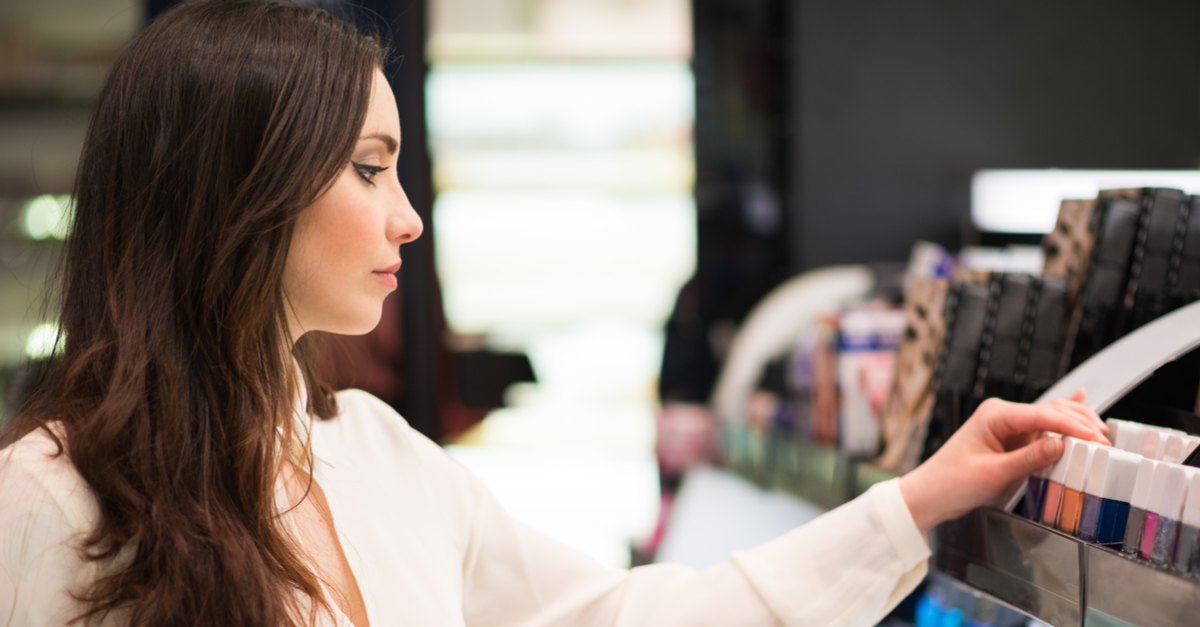The beauty industry has evolved dramatically. There is a flurry of new products, a kaleidoscope of colours and a piqued sense of curiosity. Gone are the days when being loyal to a brand meant buying most of their products Now consumers are more interested in what their make-up constitutes. We are now reading the fine print, and are more interested in the labels. This newfound awareness I think is extremely refreshing, but it has also brought about its fair share of confusion. What is good for you, what isn’t, what’s the same, what is different; all of this is hidden behind a cloud of big words. Well, do not worry, we have decided to decode the labels and give you the beauty terms, their meaning and what they could do to your skin!
Hypoallergenic
When products are hypoallergenic it means that they are least/less likely to cause allergy. No company can claim that their products are absolutely allergy-proof, but hypoallergenic products come close enough. Pick these up if you have sensitive skin.
Non-comedogenic
Comedones mean blackheads, i.e toxic pore blockers. So when it is said that a product is non-comedogenic means that it will not block your pores. But this doesn’t guarantee that it won’t cause breakouts.
Cruelty-free
This means that the product isn’t tested on animals and cause no harm whatsoever to them. This, mind you, doesn’t necessarily mean that the products do not contain any animal by-products.
Fragrance-free
This means that no synthetic or artificial fragrances are used in your products. This is ideally what you’re looking for and what is good for you. Basically, nothing is used to mask the smell of the ingredients used in the products.

Unscented
This might sound the same as fragrance-free BUT it isn’t by a far cry. If the product that you have picked up doesn’t contain any scent then it could be more harmful than you think. It uses Phthalates which are an industrial plasticizing agent. This is found in artificial fragrance and frequently used in “unscented” and some poorly labelled “fragrance-free” products.
Active Ingredients
This simply means the ingredients are able to affect the skin biologically. These ingredients are normally on the top of the ingredients list. They often will have a percentage before their names on the labels. But before you take these percentages very seriously, a higher percentage does not mean that the product is more effective. The efficiency of this ingredient depends on the pH levels in the acids.
Natural
It basically means that the products are sourced naturally and not created synthetically in a lab. Nowadays products call themselves natural even if five percent of their products are natural. Basically, if a product says that it’s 100 percent natural it won’t last for more than 3 weeks without any preservatives.
Organic
This means that little or no pesticides and herbicides were used during the process of cultivation of the ingredients used in your products.
Alcohol-free
There is this myth doing the rounds about having ‘alcohol’ in your beauty products. Let’s first understand that there are different types of alcohol. Some, like Cetearyl alcohol, that are actually good for you and some that are not. Ethanol, also found in alcoholic beverages is the most harmful when it comes to having alcohol in your products. Ethanol has a tendency of drying out skin and hair. So when you buy alcohol-free products, those products are basically sans Ethanol.
Well, I hope this breakdown helps you shop right for your skin!
Pssst… We’re working on a major change. Tune in to POPxo.com on 2nd April to know more!



